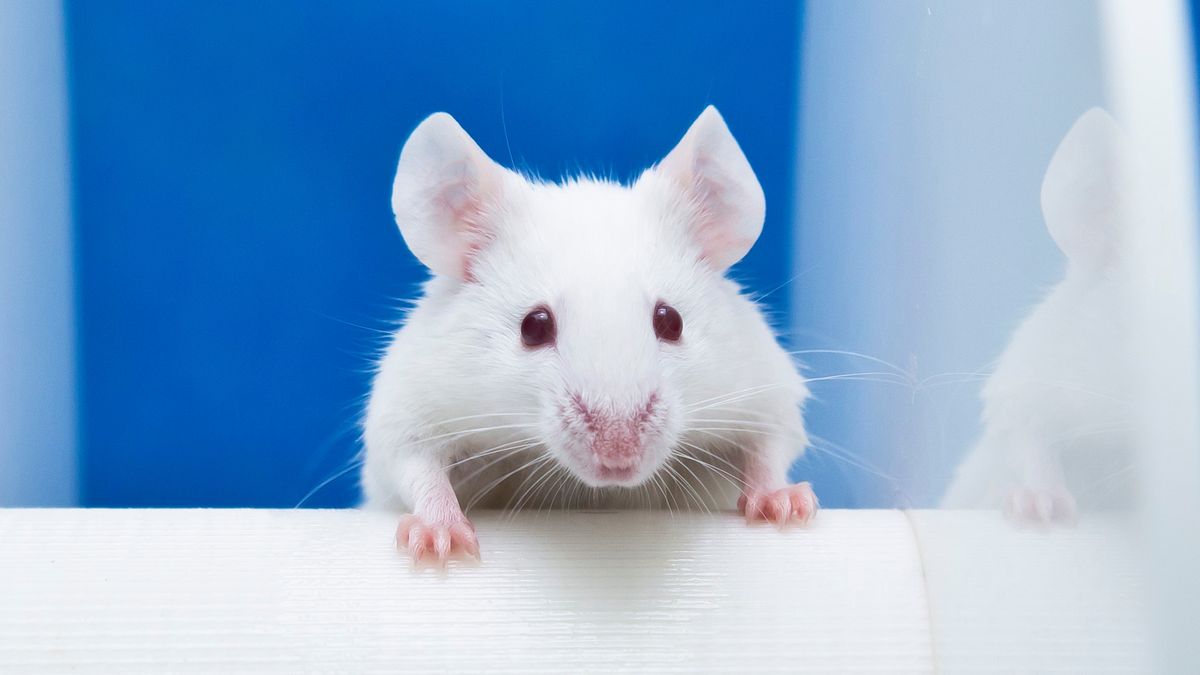Ordinarily, a scientific article titled “cellular functions of spermatogonial stem cells in relation to JAK/STAT signaling pathway” may not attract a wide readership. However, when this article is accompanied by AI-generated visuals, including one featuring a rat with notably oversized reproductive organs, it certainly garners attention.
The study was conducted by three researchers in China, with Dingjun Hao from Xi’an Hongui Hospital as the corresponding author. It was published online in the journal Frontiers in Cell and Developmental Biology via Ars Technica. Upon closer examination post-publication, readers were surprised to encounter an image of a rat with remarkably enlarged genitalia, capturing both shock and amusement.
While the peculiar rodent image sparked reactions on Twitter, it was not the sole instance of AI-generated imagery that mistakenly found its way into a supposedly peer-reviewed publication. The labeling of the rat’s genitalia as “dissliced,” a term not recognized by standard dictionaries, and another image ambiguously labeled ‘dck’ raised eyebrows, although the latter did not display explicit content.
Additional mislabeling errors included “stemm cells” instead of “stem cells” and a label on the rat’s posterior as “Testtomcels,” a term that lacks scientific credibility. These discrepancies highlight the oversight in the peer-review process, emphasizing the need for thorough scrutiny before publication.
The incident underscores concerns about the unchecked use of AI-generated content in academic works and the potential implications for research integrity. The ease with which such obvious inaccuracies passed peer review raises questions about the reliability of the vetting process and the risk of subtle AI-generated errors infiltrating scholarly literature.
While the comical aspect of the AI rat image may provide temporary amusement, it also serves as a stark reminder of the broader challenges posed by the integration of AI-generated visuals in scientific publications. The implications of inaccuracies slipping through the peer-review process could have far-reaching consequences for the scientific community, warranting a reevaluation of quality control measures in academic research.










